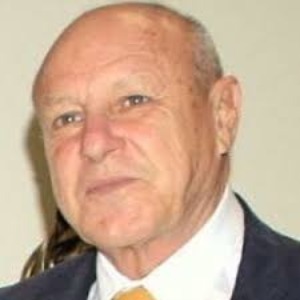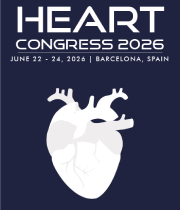Automated External Defibrillator
The Automated External Defibrillator (AED) stands as a critical life-saving device designed to provide immediate assistance in the event of sudden cardiac arrest. Compact and user-friendly, an AED is engineered to be accessible to individuals with minimal training, allowing bystanders to take swift action in emergency situations. Its automated functionality guides users through each step, from electrode placement to analyzing the heart rhythm, ensuring that timely and effective defibrillation is administered. These devices have become integral in public spaces, workplaces, and community settings, enhancing the chances of survival for those experiencing cardiac emergencies. As a vital component of modern emergency response systems, the Automated External Defibrillator exemplifies innovation in healthcare technology, contributing to increased preparedness and improved outcomes in critical situations

Shuping Zhong
University of Southern California, United States
Ahdy Wadie Helmy
Indiana University School of Medicine, United States
Federico Benetti
Benetti Foundation, Argentina
Ishan Abdullah
George Washington University School of Medicine and Health Sciences, United States
Sana Tariq
Manchester University NHS Foundation Trust, United Kingdom
Achi Kamaraj
Royal Brisbane and Women’s Hospital, Austria



Title : Historical evolution from OPCAB to MIDCAB to mini OPCAB surgical technique and results
Federico Benetti, Benetti Foundation, Argentina
Title : Fats of Life, the skinny on statins and beyond !
Ahdy Wadie Helmy, Indiana University School of Medicine, United States
Title : Novel ways of cardiovascular risk assessment
Syed Raza, Awali Hospital, Bahrain
Title : Study of pathological cardiac hypertrophy regression
Shuping Zhong, University of Southern California, United States
Title : Personalized and Precision Medicine (PPM) and PPN-guided cardiology practice as a unique model via translational applications and upgraded business modeling to secure human healthcare, wellness and biosafety
Sergey Suchkov, N. D. Zelinskii Institute for Organic Chemistry of the Russian Academy of Sciences, Russian Federation
Title : Atypical takotsubo cardiomyopathy presenting as st-elevation myocardial infarction
Sana Tariq, Manchester University NHS Foundation Trust, United Kingdom